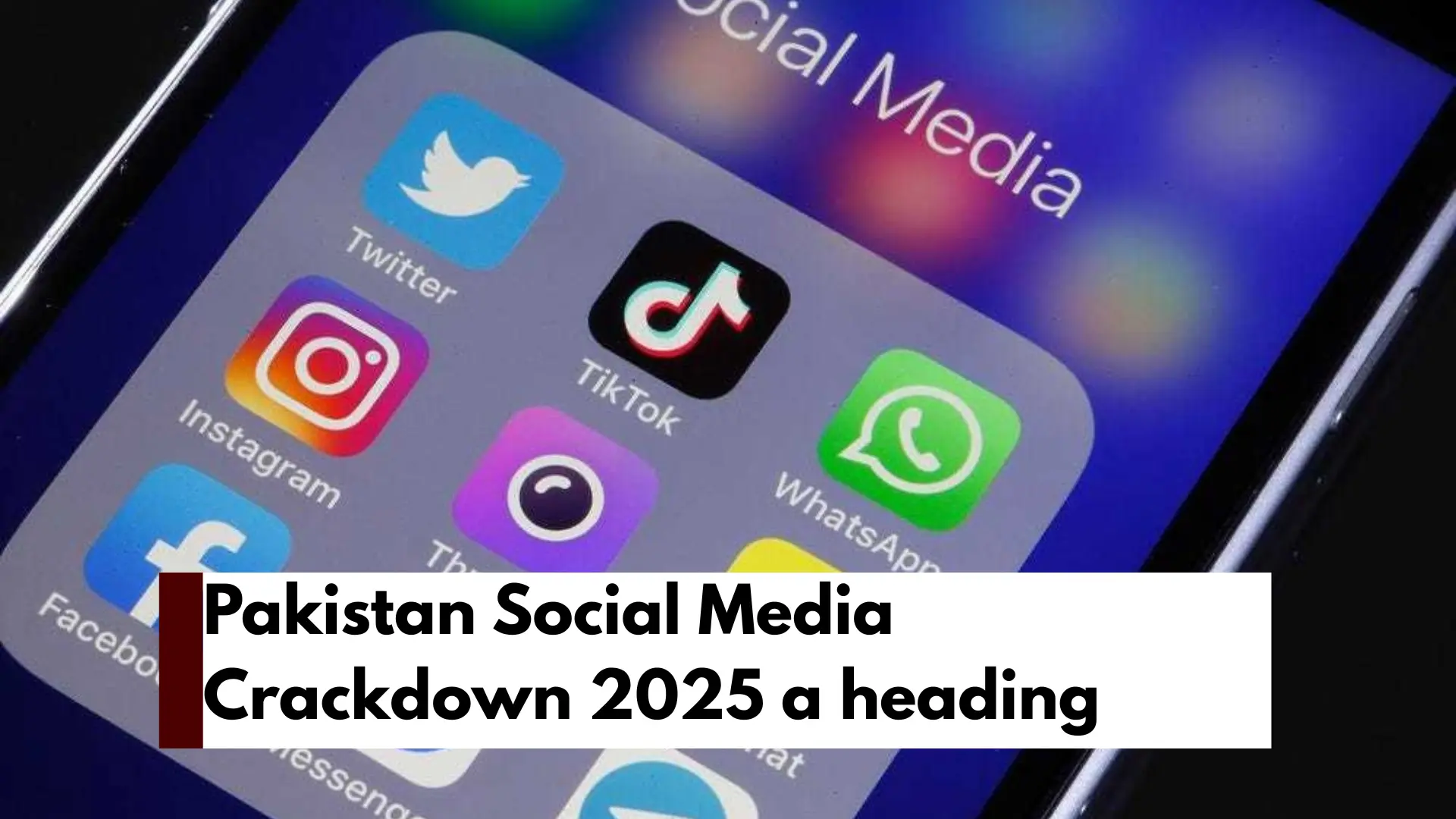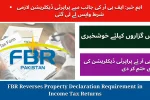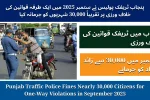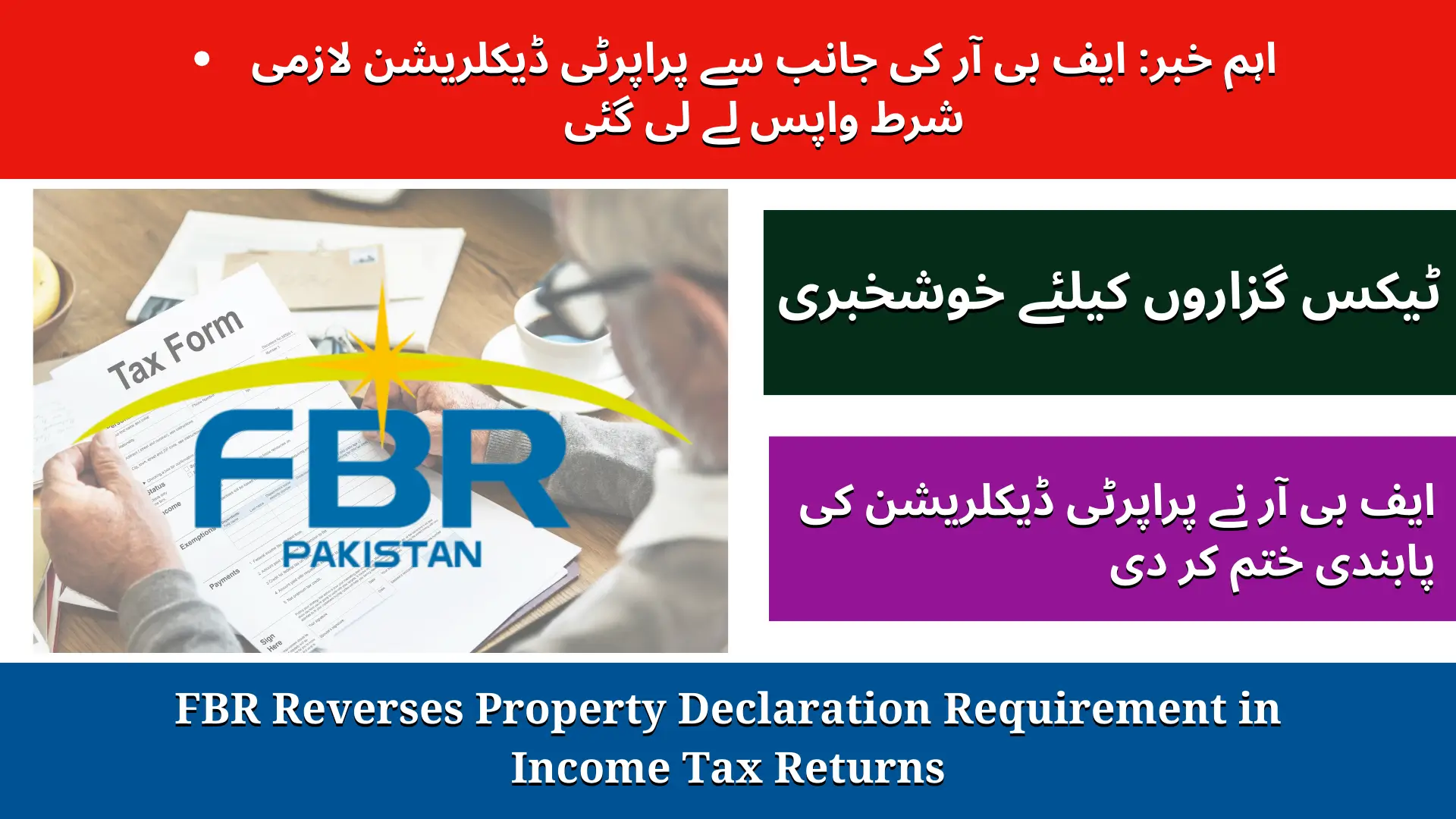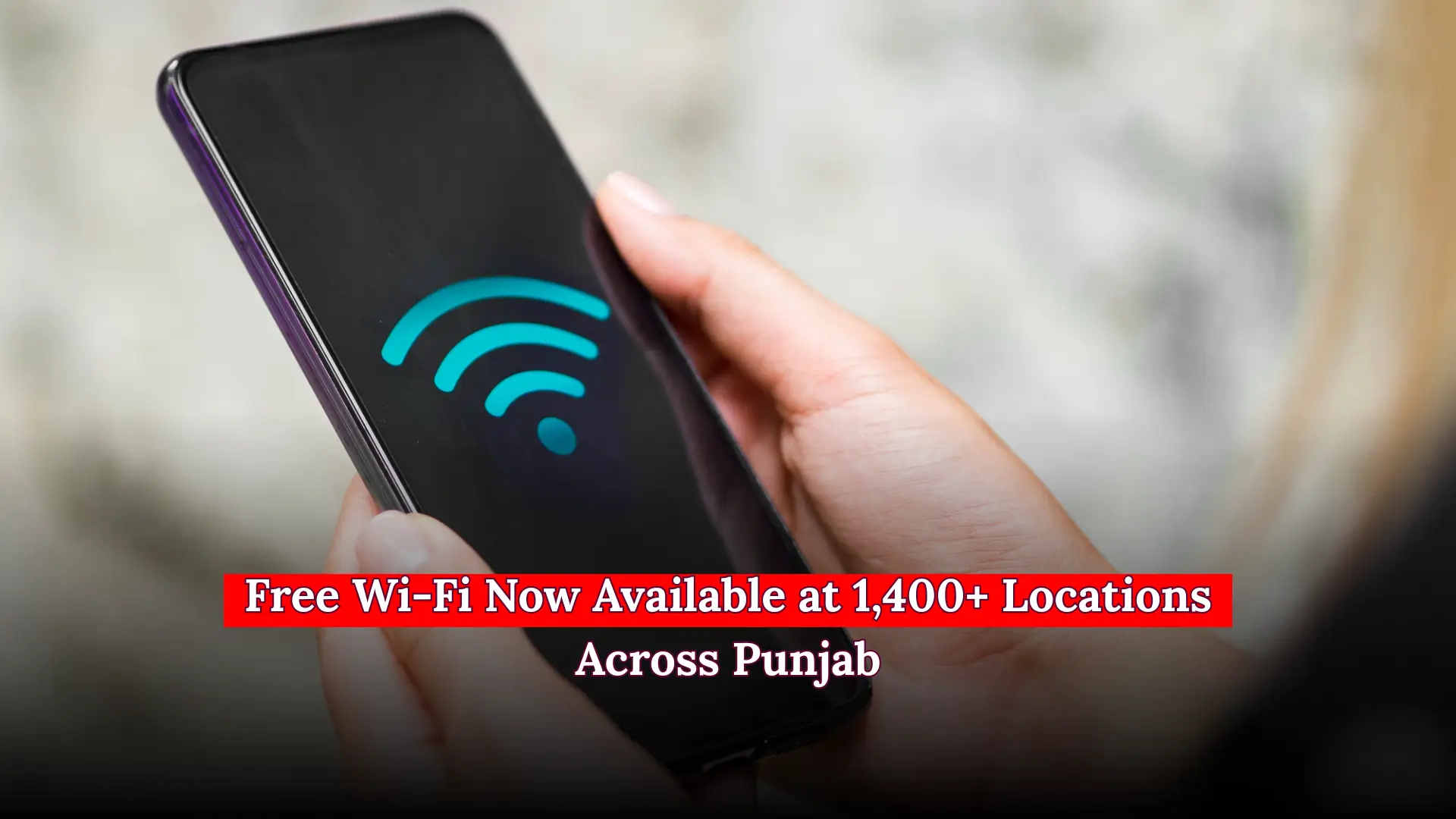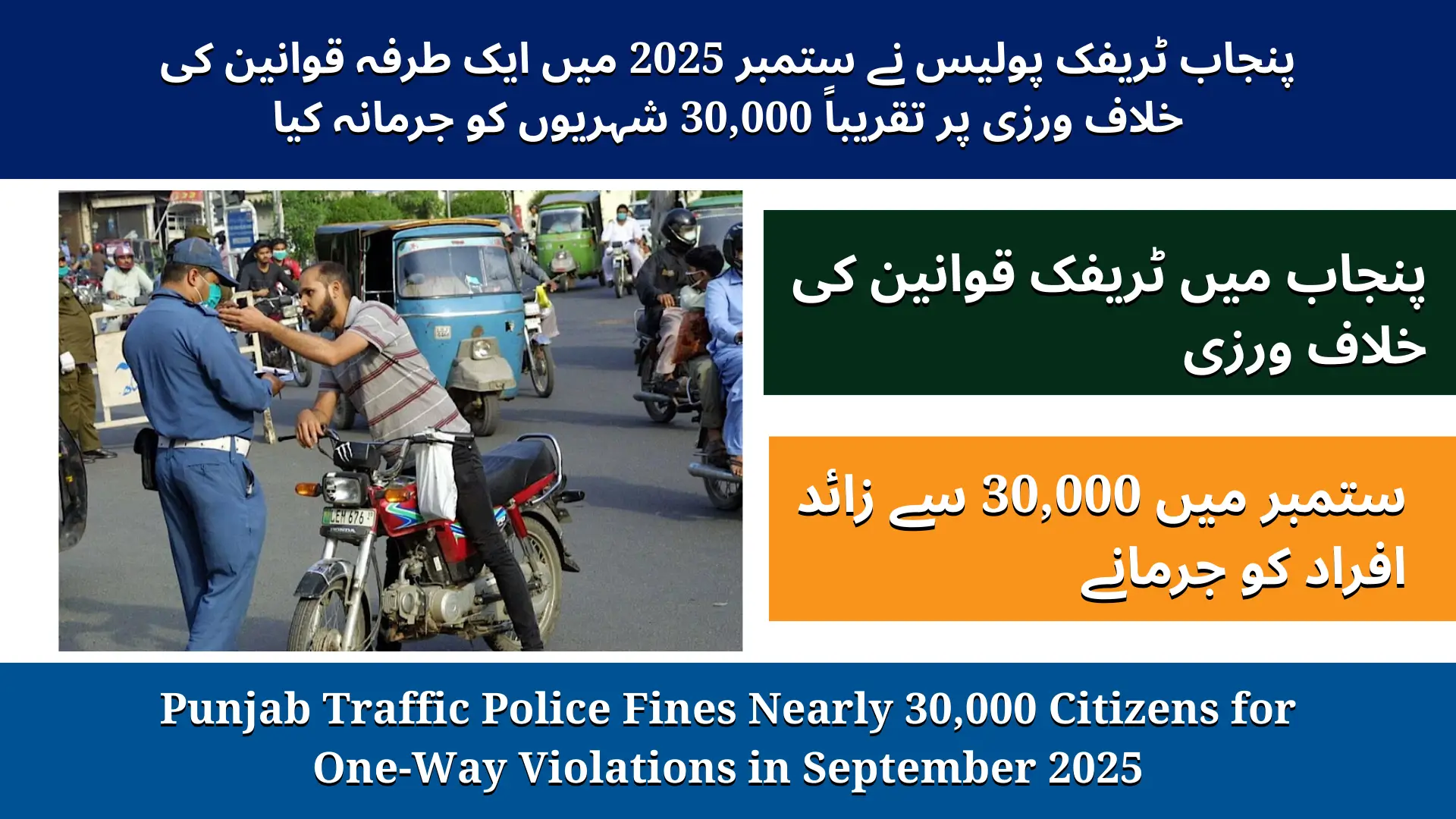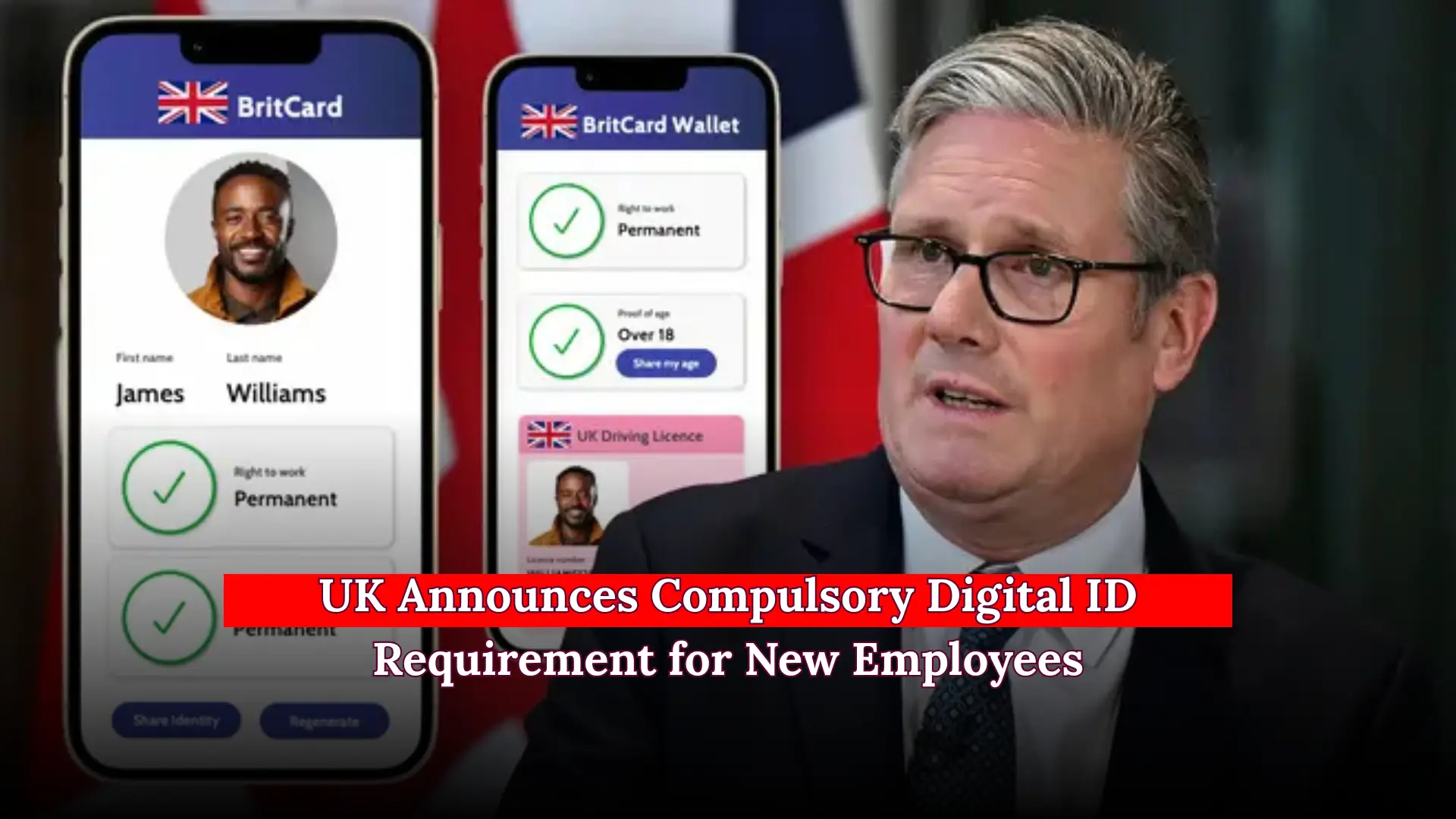Pakistan social media crackdown 2025 is scaling fast. Authorities say 850+ accounts tied to outlawed outfits were flagged and 533 already taken down. Below is a simple, expert guide to what happened, why it matters, and how platforms are responding.
What’s Driving the Crackdown
Online extremist networks still try to recruit, fundraise, and amplify propaganda. Pakistan’s cybercrime authorities—working with the Pakistan Telecommunication Authority (PTA)—are now focusing on the digital footprint of groups like TTP, BLA, and BLF, aiming to curb online radicalization and reduce the reach of hate content.
Key objectives
- Dismantle extremist digital networks across popular platforms
- Accelerate takedowns via direct coordination with platform teams
- Promote AI-driven moderation for real-time detection and removal
- Permanently suspend repeat offenders and their mirror accounts
How many accounts were targeted
Officials report 850+ accounts identified across Facebook, Instagram, TikTok, X (formerly Twitter), Telegram, and WhatsApp. 533 accounts have already been removed, with action continuing on the remaining profiles. Authorities also requested data access to map the networks behind these handles more effectively.
Platform compliance at a glance
Below is a quick look at the reported cooperation levels to date.
| Platform | Cooperation / Action Status | Notes |
|---|---|---|
| Facebook, TikTok | High (90%+ takedowns) | Rapid removal after formal reporting |
| Telegram | Full cooperation | Coordination confirmed despite service restrictions in Pakistan |
| X (Twitter) | Low (~30% compliance) | More limited action reported |
| Low (~30% compliance) | Account-level action more complex on private chat |
Why it matters: Higher cooperation shortens the time extremist content stays live, reducing reach and recruitment potential.
Coordination with Platforms
To speed up responses, federal officials have held direct meetings with major platform teams. The IT & Telecom ministry also engaged Telegram leadership virtually, securing cooperation even though Telegram access is restricted locally.
What the Government Wants Next
- AI-first moderation that can auto-flag and de-rank extremist media in near real time
- Permanent suspensions of known terrorist-linked accounts and admins
- Direct escalation channels between platforms, PTA, and law-enforcement for urgent cases
What Changes for Everyday Users
- You may notice faster removals of violent or extremist posts.
- Reporting tools (on any platform) are now more consequential—keep using them.
- Expect stricter enforcement on pages that flirt with banned slogans, symbols, or fundraising.
Practical Tips for Users
- Report, don’t engage: Use in-app reporting for hate or incitement.
- Check source credibility: Follow verified, reputable outlets.
- Avoid resharing content that promotes violence—even to “condemn”—it can amplify reach.
FAQs
Q1. What is the Pakistan social media crackdown 2025 about?
It targets accounts linked to outlawed terrorist groups, with hundreds already removed and more under review.
Q2. Which platforms are most compliant right now?
Reports indicate Facebook and TikTok have 90%+ takedown rates; Telegram is cooperating; X and WhatsApp show lower compliance.
Q3. Is Telegram banned in Pakistan?
Access is restricted, but officials report active cooperation via direct engagement with Telegram’s team.
Q4. Will AI moderation remove legitimate posts?
AI can make mistakes. That’s why appeal workflows and human reviews are essential alongside machine detection.
Q5. How can I stay safe online?
Follow verified sources, avoid extremist spaces, and report posts that incite violence or recruitment.
Conclusion
Pakistan’s 2025 crackdown signals a firm, coordinated approach to taking extremist propaganda offline. As platforms ramp up AI moderation and direct coordination with regulators, expect faster takedowns and stricter enforcement.

